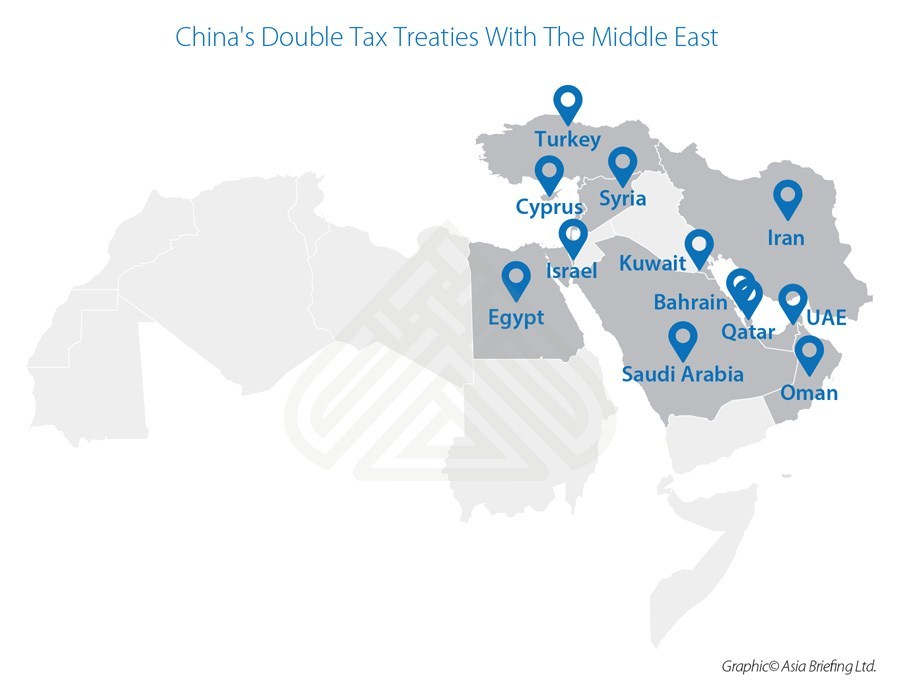Belt & Road Financing & Investment To Expand In Key Middle East Logistics Hubs
Trade Wars & Global Risk Lead Chinese & Asian Investment Into Arabia
The Middle East region is set to witness further interest and investment from China and Far East Asia, mainly in the infrastructure and logistics sector as the belt and road (BRI) scheme further expands into the region, according to Savills, the real estate advisor.
Savills have just hosted the first in-depth Middle East webinar following the recent launch of its global Impacts study in the region. The sessions was dedicated to ‘Trade Wars and Risk’ and included numerous regional and international real estate and economic experts.
The session was moderated by David O’Hara, Head of Savills KSA who discussed with the panellists how investment strategies are evolving in the backdrop of trade embargoes and the growing protectionist behaviours. O’Hara said: “The Middle East has traditionally been a net exporter of capital. Sovereign wealth funds and private equity have been some of the biggest investors into equities and trophy real estate assets over the past decade. However, in the last few years, governments in the region have been encouraging foreign inward investment to drive growth and diversify their economies.”
Global investment has changed dramatically since it is undergoing transformation driven by technological, demographic and geopolitical factors.
In the Middle East for instance, the total BRI funding was US$71.1 billion between 2014-2017, with Egypt being the largest recipient. In Oman, China is also key to the country’s plans to develop its industrial zones and has pledged to spend S$10.7 billion by 2022 in Oman’s Duqm special economic zone.
In 2019, the UAE was the largest FDI recipient in the subregion, with flows of almost US$14 billion, growing by a third from the previous year. This was largely due to major investment deals in oil and gas, primarily in Abu Dhabi.
In the same year, the country further strengthened its commitment to foreign investment by launching a broad-based initiative to enhance the commercial ecosystem.
On Saudi Arabia, Savills said capital flows into the kingdom increased for the second consecutive year by a further 7% to hit US$4.6 billion.
The new investment policy and a broader economic reform programme under the Saudi Vision 2030 initiative are intended to improve the country’s investment environment and promote economic diversification.
Several large non-oil investment deals took place in the kingdom last year; for instance, the large greenfield project implemented by Pan-Asia Pet Resin (China), a plastic bottle supplier, which launched a facility in Jazan City valued at US$1 billion.
China has been busy in securing Free Trade Agreements with Middle Eastern states. These are highly specific documents that contain the exact tax mechanisms deployable between China and the country concerned, and are valuable as they can be used to reduce taxes on agreed products and services described within the treaty as well as offset profits tax via using withholding tax alternatives. (Professional assistance is needed with this). We provided an article on Understanding China’s Double Tax Treaties here

In Egypt, economic reforms instituted by the government have improved macroeconomic stability and strengthened investor confidence in the country. Although FDI in 2019 was still driven by the oil and gas industry, investments have been made in the non-oil economy as well, notably in telecommunication, consumer goods and also real estate. Russia has also been an investor in Egyptian SEZ’s while Russia and Hungary are jointly working with Egyptian Rail on various infrastructure projects.
Concerning Oman, Savills said the sultanate had set out a series of laws governing public-private partnerships, privatization and foreign capital investments, with the aim of creating a more favourable regulatory environment, while in Bahrain, full foreign ownership of companies involved in the activities of oil and gas drilling is now allowed.
However, as per the UN Conference on trade and development, global flows of capital will be under severe pressure this year and is expected to fall sharply from 2019 levels of US$1.5 trillion.
Capital flows into developing countries will be hit especially hard, and this doesn’t bode well for emerging economies in the region, that are pushing ahead with their diversification strategies and liberalising foreign investments across sectors, according to Savills.
The immediate impact on FDI flows will be due to Covid-19. However, in the long-term a push for supply chain resilience, policy shifts towards more economic nationalism and more autonomy in production capacity will have lasting consequences.
Related Reading
About Us
Silk Road Briefing is written by Dezan Shira & Associates. The firm has 28 offices throughout Asia, and assists foreign investors into the region. For strategic advisory and business intelligence issues please contact the firm at silkroad@dezshira.com or visit www.dezshira.com





